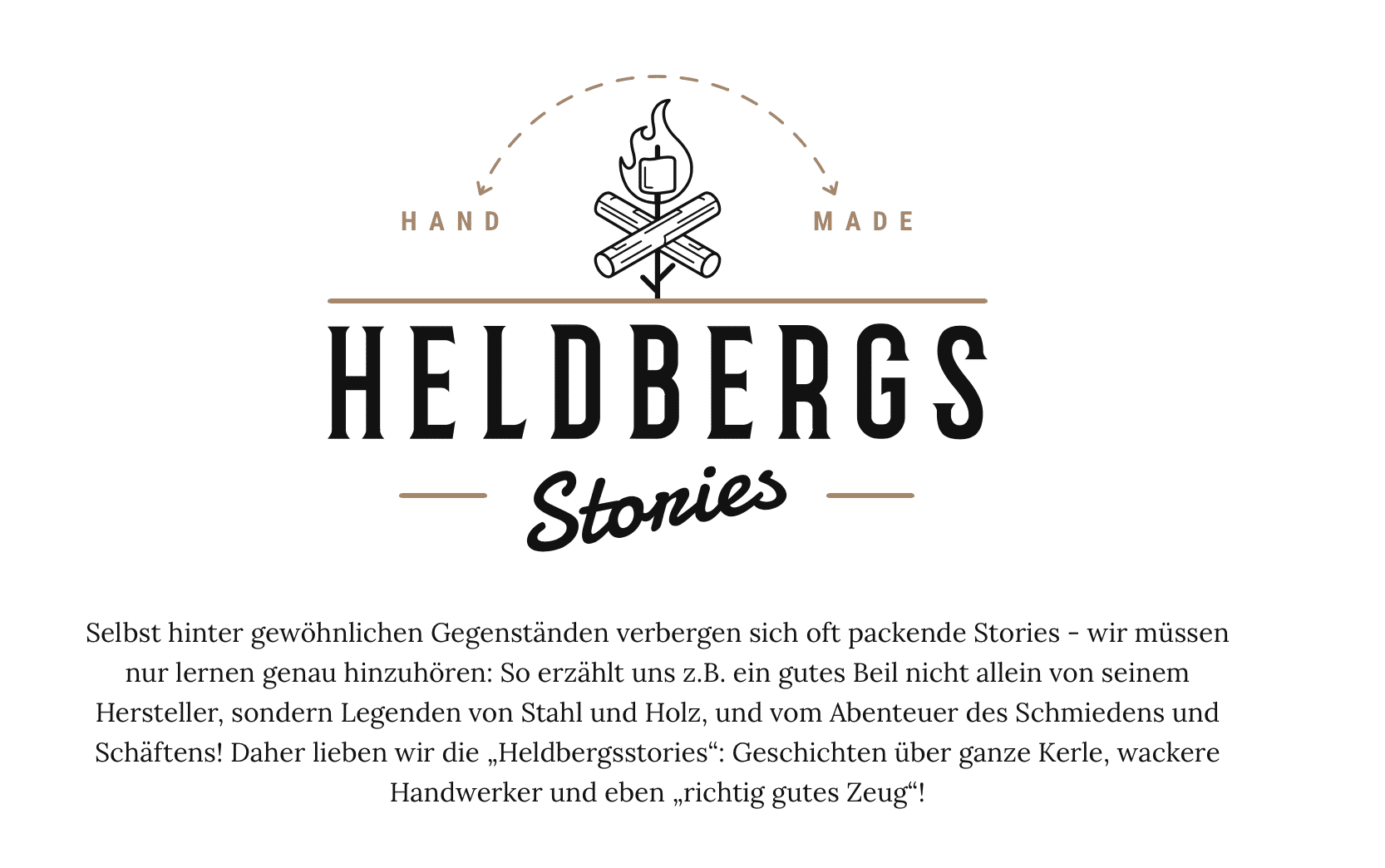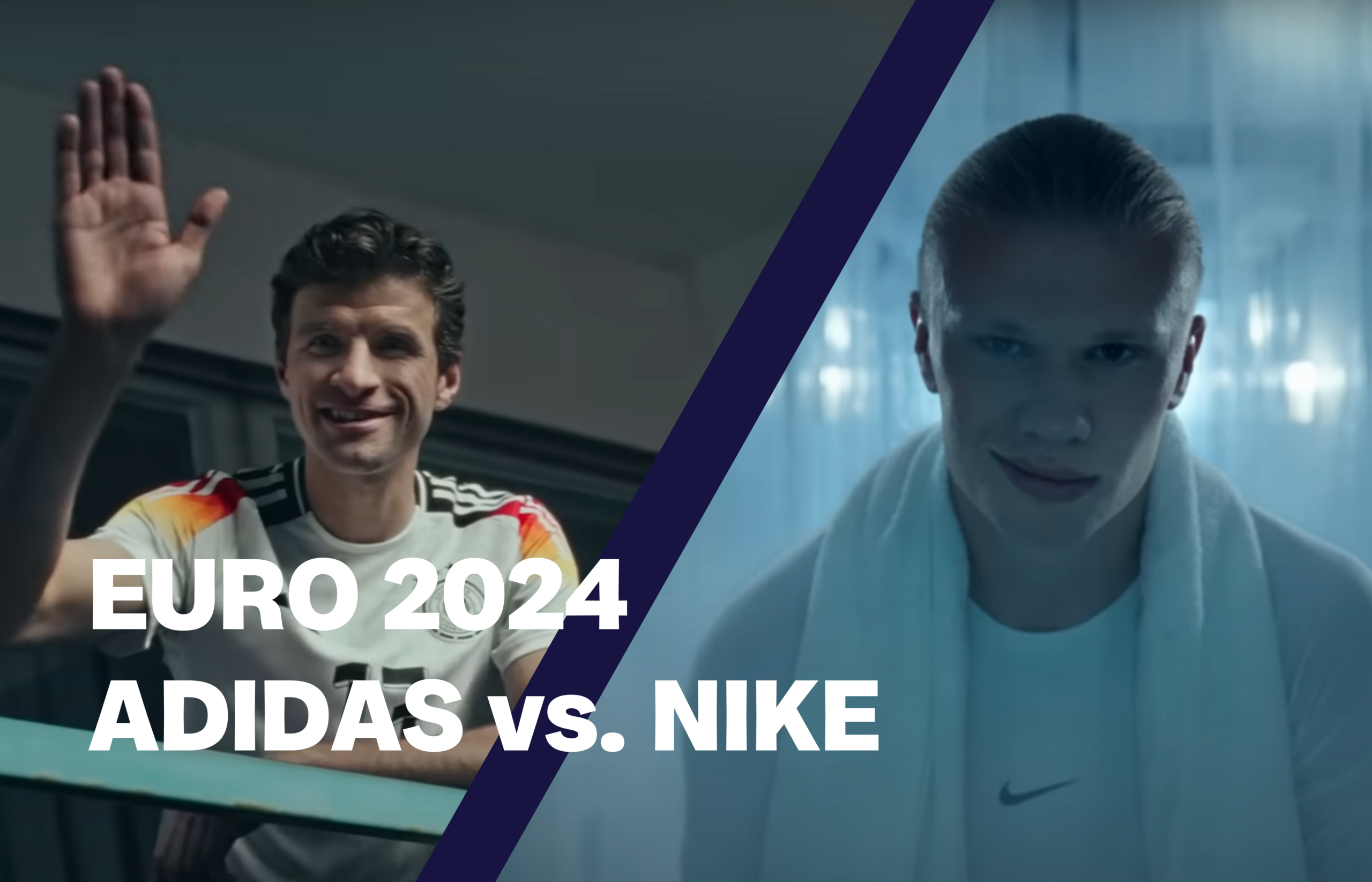The magic of storytelling in e-commerce: Once upon a time… there was a backpack
It’s one of the most beautiful feelings in the world. Almost like being in love – with yourself and your life. Booking a vacation feels like you’ve won something. Your heart beats faster, a smile spreads across your face and slowly wonderful daydreams start to creep into your everyday life.
Now all that’s missing is the right backpack – it has to be big enough, comfortable and aesthetically pleasing. It should also embody what you want to feel on the coming trip. From “finding yourself” to “pure adrenaline”, the aspired emotions could hardly be more different. Online stores have the honorable task of letting their products speak and thus finding the way to the right owner.
In short, storytelling turns e-commerce into a dating portal – the best customer relationships result from the most beautiful stories. They create an emotional connection and identification potential with the product and the brand. Ideal conditions for daydreams to come true.

You are the story and I am the matching product
A plain black backpack for 369.90 euros – What is so special about it that this price can be justified? It’s not artificially intelligent – the online store Heldberg is clear about that from the start. However, a humorous product description shows for whom the money is definitely worth it:
“…belongs to the minimalists. And the people who don’t call the consumer protection when there are scratches in their leather but rather use common sense. Traces from the subway rush or from the sloe bush are valuable signatures of your life”
With this short description, the provider of #richtigguteszeug has given the inanimate object and its potential owner an identity. Some will find themselves in it. Others will realize that the backpack simply doesn’t reflect who they are. Still others may love the idea of becoming what the companion could make them. The fact is, anyone who buys here wants to be exactly the person this backpack embodies.
The brand must learn to speak
“I want it/I need it.” – “Do I really want it/Do I need it?” – “Yes/No” –
This sequence of crucial statements and questions plays out in seconds in the brain of each buyer. Brands who are aware of this try to participate in the inner dialogue by presenting decisive arguments why their product is definitely needed or desirable.
This is exactly where storytelling puts an exclamation point and responds with emotion to the inner struggle of the consumer. The human brain stores particularly those information, which arouse a certain feeling and maybe even let a story develop behind the inner eye. Through the power of digitalization, online retailers have a lot of scope to inspire, entertain and touch their buyers.
In doing so, the company should speak with a voice which maintains the same humor, uniformity in wording and narrative form across all products. In this way, storytelling not only convinces people to buy a backpack, but also creates identification and love for the entire online store or brand.

“The customer is king” becomes “The customer is hero”
Three words that reached the world with a concentrated charge of emotions, proved to be the absolute secret weapon of the global brand Nike. “Just Do It” reached everyone, gave courage, set goals and conveyed the feeling of “I can do anything”.
The backpack manufacturer from our example has harnessed exactly the same power. According to the product description, buyers can become independent, serene people who love life and love to show it off. They become Heroes who break away from the consumerism of the 21st century, leave stress and perfectionism behind and move from now on forward with ease and love of life. The black backpack and the Heldberg brand are the symbols of a mentor who accompanies them on their journey into the new world. The Hero can make their dreams come true, because the company stands by them with their helpful product.
Another example of how storytelling works in the automotive industry can be found here.
5 steps to becoming a storyteller in e-commerce
It’s every company’s dream: When customers experience the online store positively, click through the site with fascination, buy something and – in best case – return. The company’s own brand should be remembered for a long time through its online presence and touch customers emotionally. But how can the magic of storytelling be used for your own store?

1. What type of mentor is your company?
First and foremost, a brand must ask itself why its products should exist in the first place and who its target group is. Emotional values are decisive here, product-specific aspects are left aside. What character should the brand have? What is special about your own online store? How and under which aspects can the products help to emotionalize the brand and show the customers their dream?
Read here why finding your own brand essence is so important.
2. Formulate your Brand Voice
To ensure that communication remains consistent, the character of the brand – the so-called Brand Voice – must be defined. What is the wording used? Should it be humorous or factual, slang or technical language? What are the company’s defining features?
You can find more detailed information about the Brand Voice here.
3. Light the bonfire
With the help of the Brand Voice, online stores can start telling a story directly on the landing page and capture potential buyers emotionally. People who feel something linger longer on the homepage. The messages should be kept simple and short so that the user’s attention is not lost.
Strong short stories pick up users at the point where the question “Do I need this?” arises. Here, the very big emotions are most likely to be convincing: humor, positive feelings or even sadness – the so-called sadvertising. After that, each individual product and/or service can be presented with its own story and address partly more specific target groups.
4. Use visual storytelling
In addition to goosebump inducing words, a good story needs expressive and high-quality images to leave a lasting impression. As soon as the visual language is prepared to match what is being said, the emotions intensify when looking at the product. Since visuals can be processed more easily and quickly in the brain, photos create the first sensory impression. The words line up next to them, completing the stories and giving room for interpretation for their own application – daydreams come to life!
5. To be continued: The story must go on
Blockbusters and bestsellers usually respond to the audience’s approval with a sequel. E-commerce can act in a similar way. A pinch of storytelling in newsletters, bills or feedback emails, as well as on digital advertising banners make the brand image even more authentic and lively.
An example of how storytelling can also be applied in apps and which companies are doing it successfully already.
Self-realization with e-commerce: storytelling creates uniqueness
Storytelling has always been a powerful tool for capturing people’s attention: Good storytellers possess the tools to extrinsically create feelings and illusions even away from nighttime dreaming. Online stores that make use of this tried and tested method create exactly that: potential buyers who have images in their minds of how they experience adventures with the products and what impact this has on their human existence.
The interplay of visual storytelling and strong short stories completes the sensory impression packed with emotions, so e-commerce should always pay attention to both. Subsequently, the brand can become a mentor and a good friend – with suitable products or services to underpin one’s own identity.
Share this article









